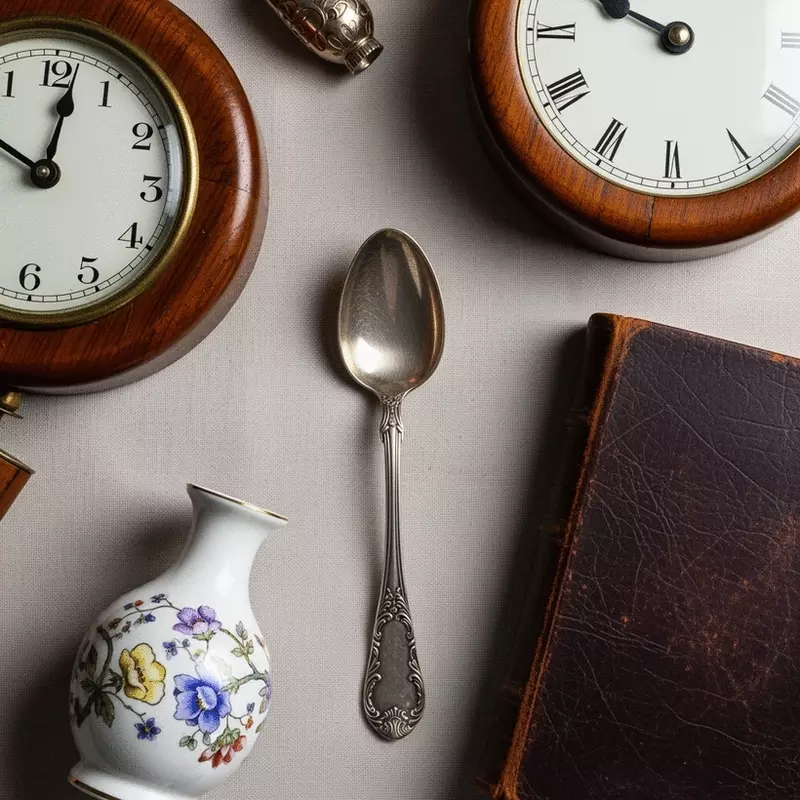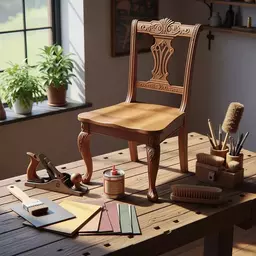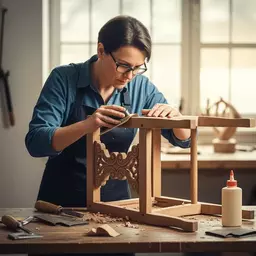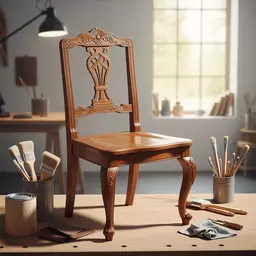Restoring Antique Furniture Safely
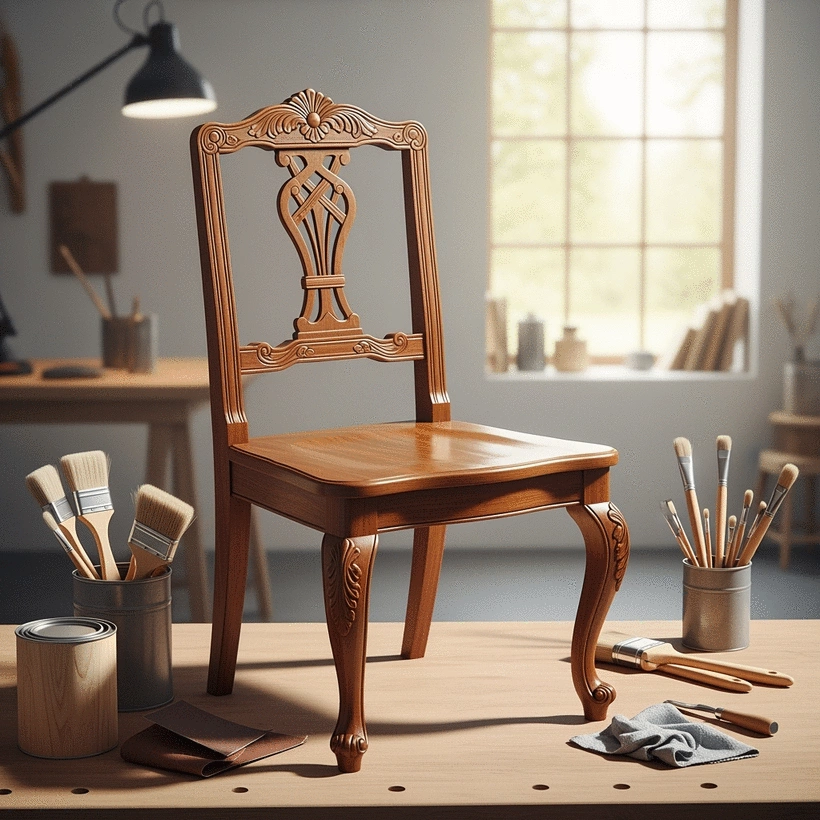
As you contemplate the allure of antique furniture, consider this: each piece is a unique narrative of craftsmanship and artistry, waiting to be preserved. The journey of restoration is not merely about aesthetics; it’s about honoring history and ensuring these treasures can be appreciated by future generations.
What You Will Learn
- Understanding the significance of gentle restoration to preserve the beauty and history of antique furniture.
- Recognizing the value of antique pieces through factors such as provenance, craftsmanship, and condition.
- Identifying the risks of improper restoration techniques, including over-sanding and using harsh chemicals.
- Essential tools and materials needed for safe and effective restoration projects.
- Key steps for restoring antique furniture, focusing on assessment, gentle cleaning, and appropriate repairs.
- The importance of preserving history and craftsmanship to contribute to the sustainability narrative in our homes.
Key Considerations in Antique Furniture Restoration
Understanding the essential factors and risks involved in restoring antique furniture is crucial. Below is a visual summary of the important aspects of gentle restoration versus improper techniques.
Gentle Restoration Techniques
- Assess condition thoroughly
- Use gentle cleaning methods
- Repair minor damages appropriately
- Choose the right finishes
Risks of Improper Techniques
- Over-sanding strips original finish
- Harsh chemicals harm wood
- Inexperienced repairs may cause structural issues
Value Factors in Antique Furniture
- Provenance enhances significance
- Craftsmanship shows unique techniques
- Condition affects aesthetic and price
Preservation Techniques
- Embrace the patina of age
- Maintain the furniture's original character
- Engage with the history of each piece
Understanding the Importance of Gentle Antique Furniture Restoration
When it comes to antique furniture, gentle restoration is key to preserving its beauty and history. Each piece holds a story, and with the right care, we can keep that narrative alive for generations. As an antique furniture enthusiast, I believe that understanding the significance of these pieces is essential for any collector or decorator looking to incorporate them into their homes.
The importance of gentle restoration cannot be overstated. By taking the time to carefully restore antique furniture, we not only maintain its functionality but also honor the craftsmanship and artistry that went into creating it. Imagine a stunning Victorian table gracing your dining room, its surface gleaming under the soft glow of candlelight—this is what thoughtful restoration can achieve! For more insights into preserving antique furniture, you can explore resources like Hollywood Refinishing's guide on antique furniture restoration.
Recognizing the Value of Antique Furniture
Antique furniture is more than just old wood; it's a treasure trove of history and artistry. Recognizing its value goes beyond its monetary worth. When assessing an antique piece, consider the following factors that contribute to its significance:
- Provenance: Knowing the history behind a piece adds depth to its value.
- Craftsmanship: Handcrafted pieces often showcase unique techniques and materials.
- Condition: Well-preserved items can fetch a higher price and offer more aesthetic enjoyment.
As I explore antique markets, I often find myself enchanted by the stories each piece has to tell. Whether it's a Victorian sofa or a rustic farmhouse table, these items invite us to engage with a past that enriches our present. For a comprehensive guide on preserving these valuable items, consider checking out American Restoration's guide to preserving antique furniture.
The Risks of Improper Restoration Techniques
While the desire to restore antique furniture is noble, we must tread carefully. Improper restoration techniques can lead to irreversible damage, stripping away the character and integrity of a piece. Here are some common risks associated with poor restoration practices:
- Over-sanding: This can remove the original finish and alter the piece's design.
- Using harsh chemicals: These can harm the wood and degrade its quality.
- Inexperienced repairs: Amateur fixes can lead to structural issues and diminish value.
As a passionate advocate for antique furniture, I often emphasize the importance of doing your research and using gentle methods. Remember, the beauty of antiques lies in their imperfections and history, so approach restoration with respect and care! To learn more about common pitfalls and best practices, BlockApps offers a useful article on restoration do's and don'ts for antique furniture.
Essential Tools and Materials for Safe Restoration
When embarking on a restoration journey, it's crucial to have the right tools and materials at your disposal. As a vintage design enthusiast, I've learned that preparation is half the battle. With the proper equipment, we can restore our beloved pieces while maintaining their charm and integrity.
Before starting any restoration project, gather these essential tools:
- Screwdrivers: For assembling and disassembling furniture.
- Sandpaper: For smoothing surfaces without damaging the finish.
- Brushes: Ideal for applying stains and finishes evenly.
Keep in mind that the right materials also play a vital role in the restoration process. Selecting eco-friendly products will not only benefit your antiques but also protect our environment. Let’s make restoration a beautiful and sustainable journey together!
Quick Summary
Here's a brief recap of the key points discussed so far:
- The significance of gentle restoration in preserving the beauty and history of antique furniture.
- Understanding the value of antique pieces includes knowing their provenance, craftsmanship, and condition.
- The risks of improper restoration techniques can lead to irreversible damage to cherished items.
- Having the right tools and materials is essential for a successful restoration project.
Final Thoughts on Antique Furniture Restoration Techniques
As we wrap up our discussion on antique furniture restoration, it's important to emphasize the key steps that will not only protect your cherished pieces but also enhance their beauty. Restoring antique furniture can be a rewarding journey, allowing you to breathe new life into items that hold a wealth of history. Here’s a quick recap of the essential steps to consider:
- Assess the condition thoroughly before starting any work.
- Use gentle cleaning methods to avoid damaging original finishes.
- Repair minor damages with appropriate techniques like steam for dents and wood filler for cracks.
- Choose the right finishes that enhance rather than overshadow the piece’s character.
Every step in this process is a chance to connect with the craftsmanship and stories embedded in these timeless pieces. Remember, the focus is always on preserving what makes the furniture special while allowing it to shine in your modern home.
Importance of Preserving History and Craftsmanship
Preserving antique furniture goes beyond mere aesthetics; it's about safeguarding a piece of history that has been passed down through generations. Each item tells its own story—a story that reflects the artistry and culture of its time. When we restore these pieces, we engage in a dialogue with the past, honoring the skilled artisans who crafted them.
At the Antique Furniture Guide, I often find myself captivated by the unique narratives that each piece carries. By restoring rather than replacing, we contribute to the broader narrative of craftsmanship and sustainability in our homes. Let's keep these beautiful stories alive for future generations to appreciate!
Frequently Asked Questions About Antique Furniture Restoration
- What is the main goal of gentle antique furniture restoration?
- The main goal is to preserve the beauty, history, and original character of the piece while maintaining its functionality for future generations.
- What factors determine the value of antique furniture?
- The value is determined by its provenance (history), craftsmanship (unique techniques and materials), and condition (how well-preserved it is).
- What are the common risks of improper restoration techniques?
- Common risks include over-sanding, which removes the original finish; using harsh chemicals, which can harm the wood; and inexperienced repairs, which can lead to structural issues and diminished value.
- What essential tools are needed for safe antique furniture restoration?
- Essential tools include screwdrivers for assembly/disassembly, sandpaper for gentle smoothing, and brushes for applying finishes. Eco-friendly materials are also recommended.
- What are the key steps in restoring antique furniture?
- The key steps involve thoroughly assessing the condition, using gentle cleaning methods, repairing minor damages appropriately, and choosing finishes that enhance the piece's original character.
Call to Action: Start Your Restoration Journey Today
Join the Community of Antique Furniture Enthusiasts
Are you ready to dive into the world of antique furniture restoration? I invite you to become part of a vibrant community that shares your passion. Whether you’re a seasoned collector or just starting, there’s always something new to learn. Follow the Antique Furniture Guide for tips, inspiration, and shared experiences that will help you on your journey.
Share Your Restoration Experiences and Tips
Have you embarked on a restoration project recently? I’d love to hear about your experiences! Sharing your successes and challenges can help others in the community navigate their own restoration journeys. Together, we can build a treasure trove of knowledge that honors the beauty and history of antique furniture. What stories do your pieces tell? Let’s connect and inspire each other!
Recap of Key Points
Here is a quick recap of the important points discussed in the article:
- Gentle restoration preserves the beauty and history of antique furniture, maintaining its functionality and craftsmanship.
- Recognizing the value of antique furniture involves understanding its provenance, craftsmanship, and condition.
- Improper restoration techniques, such as over-sanding and using harsh chemicals, can cause irreversible damage to antique pieces.
- Essential tools for safe restoration include screwdrivers, sandpaper, and brushes, along with eco-friendly materials for a sustainable approach.
- Key restoration steps include thorough condition assessment, gentle cleaning, appropriate repairs for minor damages, and selecting finishes that enhance the piece's character.
- Preserving antique furniture safeguards history and craftsmanship, allowing us to honor the artistry of past generations.



